NEP 2020 – In simple terms
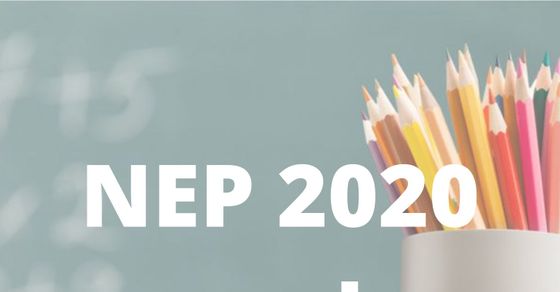
Government had commenced the process of formulating a New Education Policy through the consultation process for an inclusive, participatory and holistic approach; which took expert opinions, field experiences, empirical research, stakeholder feedback, and lessons learnt from best practices into consideration Under the name NEP 2020.
As stakeholders, it is important that we deep dive to understand what short term and long term implications it would have on the ecosystem. Keeping that in mind, Let us begin from the start.
So what really is NEP?
NEP is a comprehensive framework for primary to higher education as well as vocational training in both rural and urban India. This is an all-inclusive policy that aims to guide the development of education in the country.
To put it in simple terms, this policy is to provide all Indians with better quality of education contributing to an equitable and vibrant knowledge base in the society in such a way that it develops a deep sense of respect towards fundamental rights, duties, and Constitutional values.
Further, by including all layers of the country, the policy aims to intensify the concept of ‘One India’ building a strong bond and connection within the country.
What does the new NEP 2020 aim at?
NEP 2020 envisions an education system that contributes to an equitable and vibrant knowledge society, by providing high-quality education to all. It also intends to instill skills, values, and outlook that supports responsible commitment to human rights and well-being, thereby enabling our students to grow into a truly global citizen.
Why was a new policy required?
A new policy generally comes along every few decades; first came in 1968, the second in 1986 and the third released this year on 29 July, 2020. The new education policy replaces the 1986 policy which was there for the last 34 years. Safe to assume that the older policy had in fact become archaic and needed fundamental changes to reflect the fast evolving 21st century world.
Here are the Key Takeaways
1. New pedagogical and curricular structure of school education (5+3+3+4)
2. Target to dismantle UGC and AICTE
3. Introduction of a four-year multidisciplinary undergraduate programme with multiple exit options.
4. The policy also lays emphasis on “easier” Board exams, a reduction in the syllabus to retain “core essentials” and thrust on “experiential learning and critical thinking”.
5. Also targeting to phase out all institutions offering single streams and that all universities and colleges so as to become multidisciplinary by 2040.
After a day NEP 2020 was announced, Ramesh Pokhriyal (Minister of Education) said, ” We have placed more emphasis on arithmetic, çonsidering the opinion of scientists that 85% of brain development of kids takes place in the age of 3 to 6 years,” adding “We have also decided to do away with 10+ 2 system and introduce 360-degree holistic evaluation. Our goal is to connect 100% children with the education system till 12th, as the new education policy aims at fulfilling the vision of a new India”.
He also stressed on the point that the NEP 2020 will strengthen basic education along with developing children’s mental faculties to prepare them for global competition.
What does this policy have for STUDENTS?
1. New Academic Structure (5+3+3+4):
- Secondary Stage(4) multidisciplinary study, greater critical thinking, flexibility and student choice of subjects
- Middle Stage (3) experiential learning in the sciences, mathematics, arts, social sciences, and humanities
- Preparatory Stage (3) play, discovery, and activity-based and interactive classroom learning
- Foundational stage (5) multilevel, play/activity-based learning
2. ECCE Framework
The NCPFECE National Curricular and Pedagogical Framework for Early Childhood Education (NCPFECE) will be drafted by NCERT.
3. Multi -faceted Framework
This section of the policy consists of alphabets, languages, numbers, counting, colours, shapes, indoor and outdoor play, puzzles and logical thinking, problem -solving and so on.
4. Attainment of Literacy
- National Mission: National Mission on Foundational Literacy and Numeracy
- National Repository: National Repository -High Quality Teaching and Learning Resources on DIKSHA
- School Libraries: Libraries, including digital libraries to be leveraged
- 3-month Play based School: 3-month play-based school preparation module’ for all Grade 1 students
5. Innovative Pedagogy
Equal Weightage:
- No hard separation between curricular, co-curricular and extra-curricular area
- In addition, freedom of choosing a variety of subject combination to be provided
Integrated Pedagogy: Arts, sports, and story-telling and ICT-integrated pedagogy
Experiential Learning: Focus on experiential, inquiry and discovery based teaching learning methods
6. Textbook with local content and flavour
- All textbooks will contain only essential core material while capturing any desired nuances and supplementary material as per local contexts and needs
- States to prepare their own curricula and textbooks based on NCERT curriculum and textbooks, incorporating State flavour and material as needed
7. Multi-language and the power of Language Learning
- Medium of instruction uptil grade 5, and preferably till Grade 8 and beyond, will be home language/ mother-tongue/ local language
- ‘The Languages of India’ a fun project/ activity on to be taken by every student
Furthermore;
- Continuous tracking of learning outcomes of each child
- Assessment to focus on core concepts, higher order and foundational skills
- AI-based software to help track the progress of the Students to enable them to make optimal career choices.
- Further, the holistic progress card will actively involve parents in their children’s education and development.
- 360-degree multidimensional report
How will children earn an edge through this changed structure?
- Will help develop curiosity
- Logical Thinking & Problem Solving
- Play-based & Discovery-based learning
- At last it will help develop Self-Identity
What does this policy have for TEACHERS?
- Multidisciplinary higher education institutions offering the 4-year in-class integrated B.Ed. programme to also provide blended and or ODL mode of teaching to students in remote areas.
- A technology-based comprehensive teacher-requirement planning forecasting exercise to be conducted by each State.
- Further, improving Service Environment through better infrastructure at schools
- In Addition, teachers will have more autonomy in choosing aspects of pedagogy in classroom teaching
- Merit based tenure track system
- In addition it has necessary facilities for the initial professional preparation of the educators and their Continuous Professional Development (CPD)
What does this policy have for SCHOOLS?
- Integration: Better integration of education across all levels through connected schools and shared teachers and resources
- Efficiency: Efficient expedition and resourcing for schools through building school complexes
- Pairing Schools: Twinning/pairing of one government school with one private school across the country
- Setting up of Bal Bhavans
- Standards: Ensuring all schools follow certain minimal professional and quality standards
- SSSA: Setting up State School Standards Authority
- Development: Development of School Quality Assessment and Accreditation Framework (SQAAF) by SCERT & NCERT
Online and Digital Education
- Inclusion and Access: Enhance Educational Access to disadvantaged groups.
- Blended Learning: Emphasis on effective models of blended learning
- Content Creation: Content creation, digital repository, and dissemination with Technology Integration In Teaching, Learning & Assessment
- Digital Platforms: Digital platforms and ongoing ICT-based educational initiatives are to be optimized and expanded.
- Opening up of new Platforms: Expansion of existing e-learning platforms – DIKSHA, SWAYAM, etc.
- Further, breaking the Urban and Rural Digital Divide.
Government Department majorly involved in the whole process
The Ministry of Human Resource Development (MHRD) has been now designated as the Ministry of Education (MoE) to bring the focus back to education and learning.
Possible outcomes – Our thoughts
Brighter Sides
- The policy seems to be a result of thorough research and when implemented might distress young minds to a great extent.
- The elimination of the 10+2 pattern will reduce the rate of students dropping out of school.
- Since, the policy is intelligently inclined towards associative/active and logical thinking patterns, it will motivate students towards practical knowledge rather than mere ‘rote learning.
- Experiential learning will develop scientific spirit among students. It will also make them enjoy the process of learning building a proactive interest in them
- The current scenario, where due to a widespread pandemic, children are home-schooling anyways, the focus on digital learning in this policy may prove to be highly impactful in a positive manner. With improved investment and infrastructure into e-learning; students, teachers and schools can increase their efficiencies in their respected fields. Students will receive support and guidance through classroom teaching and supplemental personalised learning via digital at home, giving them the best of both the worlds
- Further, introduction of multilinguality on subjects is sure to encourage our rural children to seek enhanced interest in learning.
- The policy claims equitable access to the highest-quality education for all learners regardless of social and economic background. As a result, rural India will be at the receiving end of superior quality of education and digitalization of learning as well.
- Further, there is no hard separation of curricular, extra and co-curricular, arts and science, sports and vocational crafts. Curriculum to integrate Indian culture and ethos.
Challenges
- Initiating implementation and expansion of 1 year of pre-primary schools by 2024 looks like a challenging task. There might be a huge amount of deliberation required. Also, there might be clashes between the existing policy and the newly introduced one.
- The policy targets at creating a robust digital infrastructure in the education sector that ensures uninterrupted learning even during unprecedented circumstances. However, setting up apt infrastructure for the same, developing and integrating quality digital content in a stipulated time period might prove to be a tricky task. This however must be actively taken up by the government. Because only then can we truly bridge the digital divide
- On the other hand, there might be a number of legal complexities as the policy aims at fulfilling several agendas in a specific time period; i.e. 2040.
Altogether, this policy is likely to escalate multidisciplinary education making it more accessible for students to make their career for a highly competitive world. Further, the change targets at higher and global practices along with providing real-time exposure to students and other stakeholders. Also, we can hope that this fulfils the dreams of several students in the country.
We at iDream Education take it up strongly to deliver digital content in all major local languages. Thus, it already caters well to the point where the policy aims at having textbooks and medium of instruction in local languages upto grade 5. Not only this, we also envision to consistently provide rich digital content to the corner most part of the country attaining far-reaching digital literacy across the country.
Lastly, we leave you with our thoughts on #Shiksha4Bharat on Twitter:
Download Now – Educational App
Watch Now – Best learning videos for 1st to 12th class
Follow Our Social Media Channel
Facebook – https://www.facebook.com/idreameducation
Instagram – https://www.instagram.com/idreameducation/


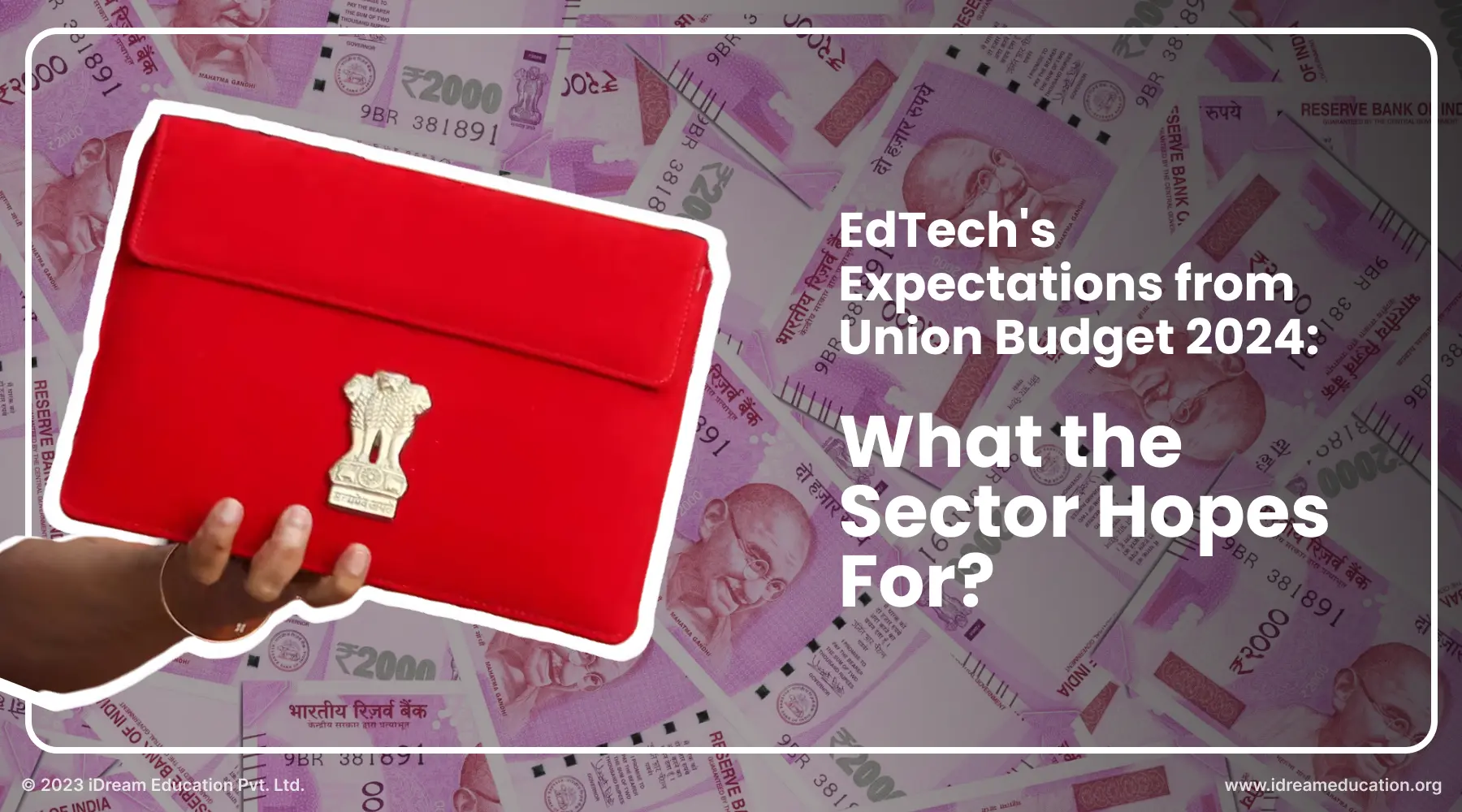

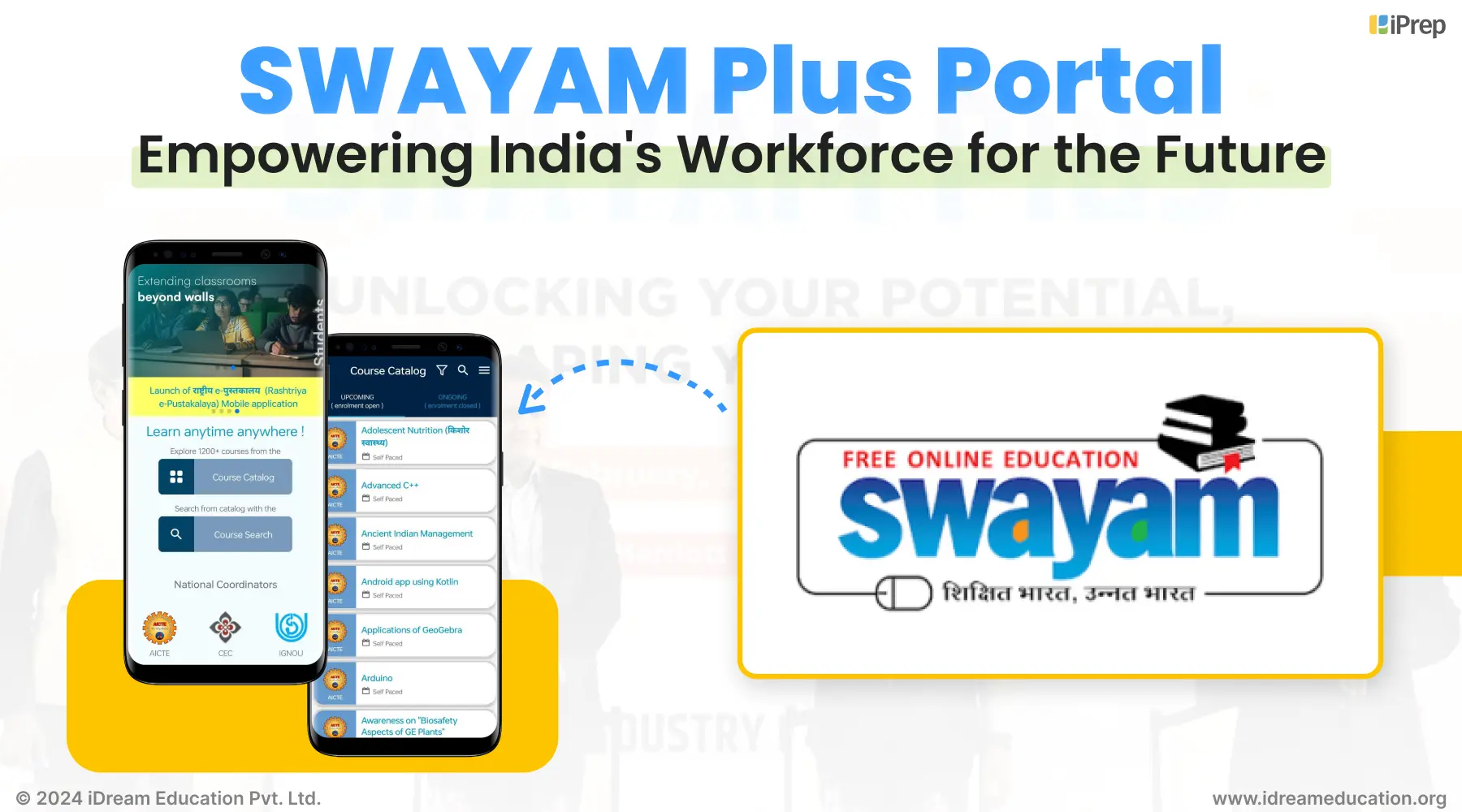
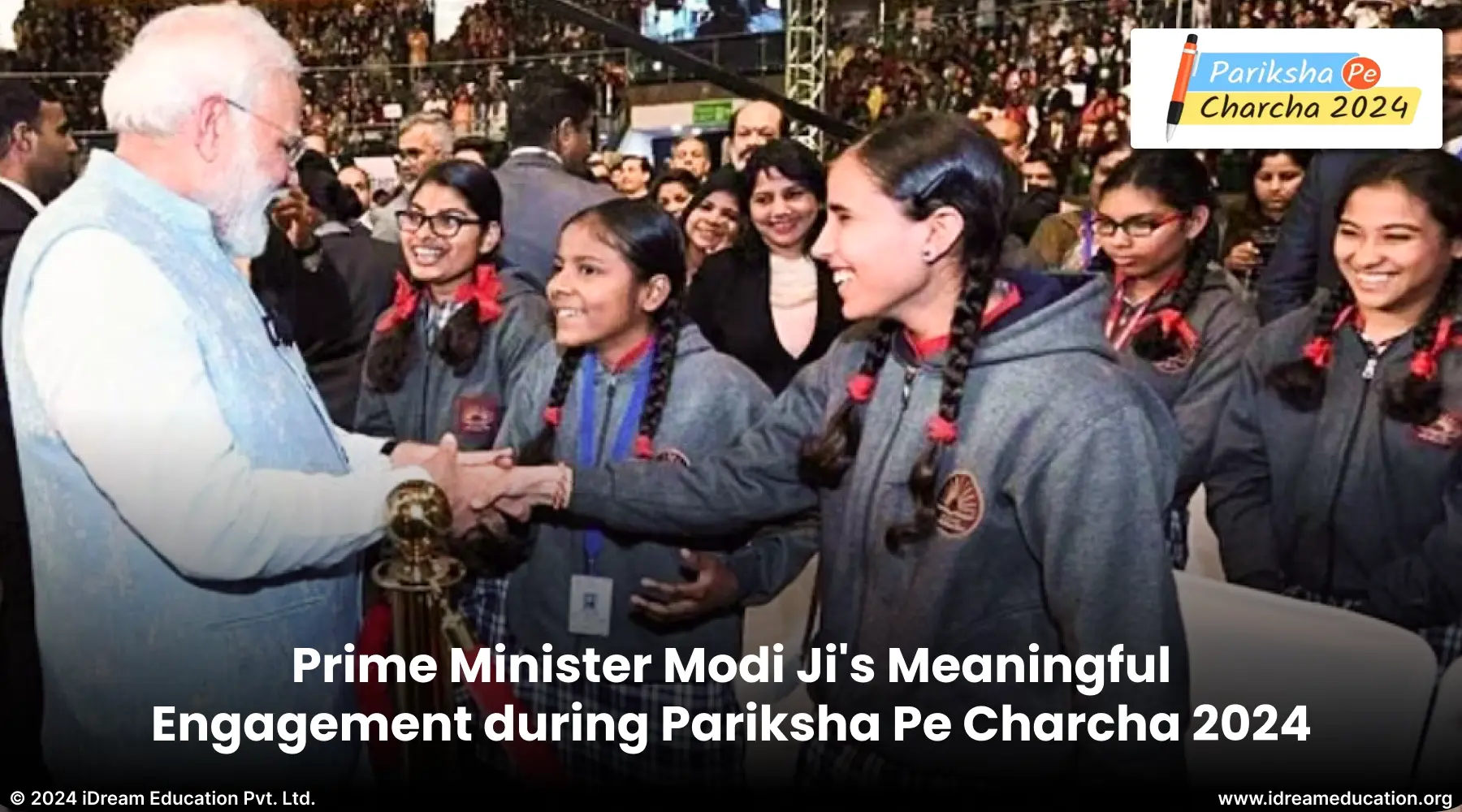
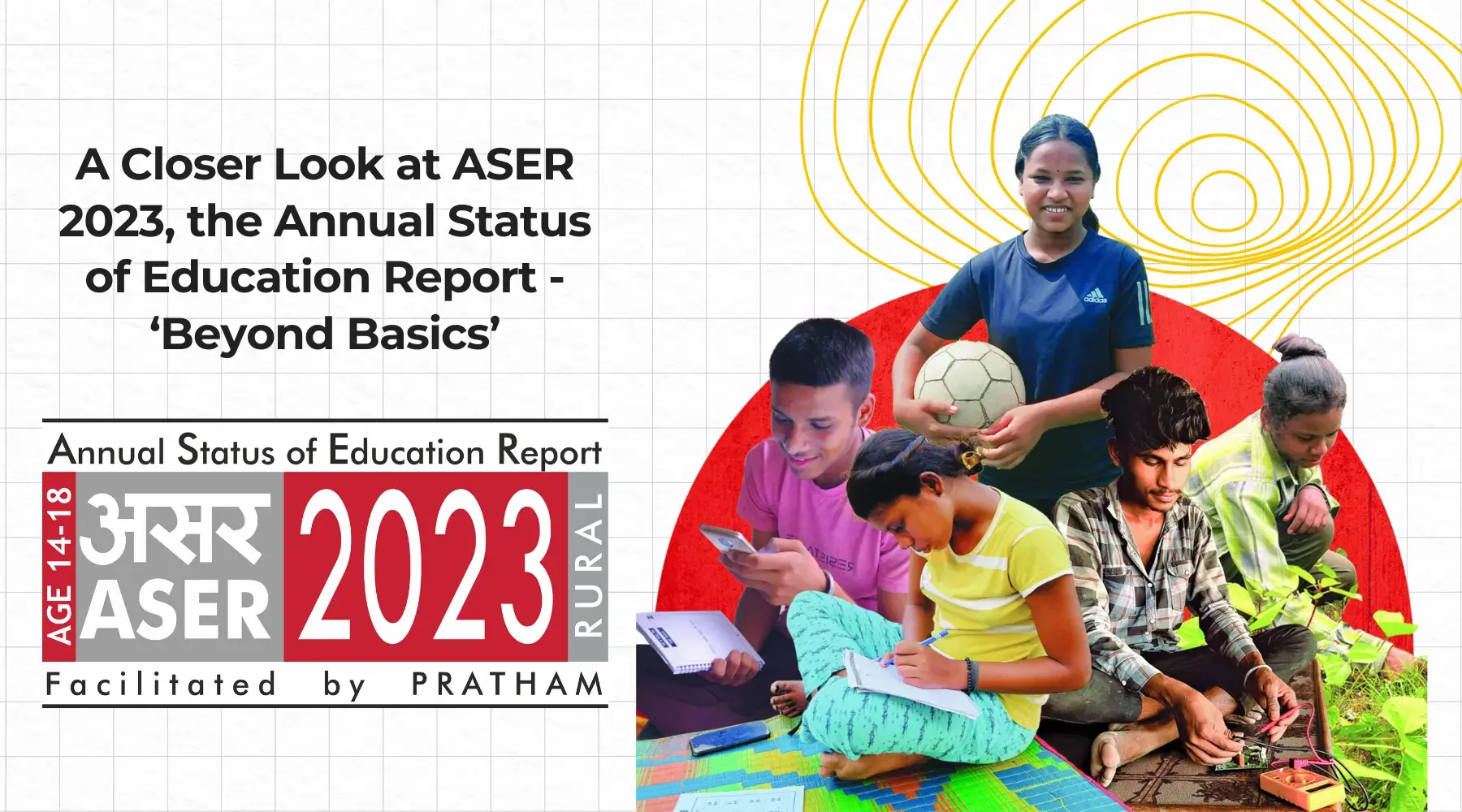
Very useful and important knowledge about NEP in simple language